If you’ve ever looked through the pages of National Geographic or any other magazine that spotlights fantastic pictures of buildings and structures, then you’ve likely seen architectural photography at its finest. It takes a lot of specialized equipment and skill to work professionally as an architectural photographer.
Virtually any image of a structure or building qualifies as architectural photography; this helps to explain why this form of photography is so popular. Whether classical, old, modern or anything in between, architecture makes for a great subject in any frame.
Here, you’ll learn the basics, so you, too, can grab your camera and enjoy snapping away at interesting and grand structures.
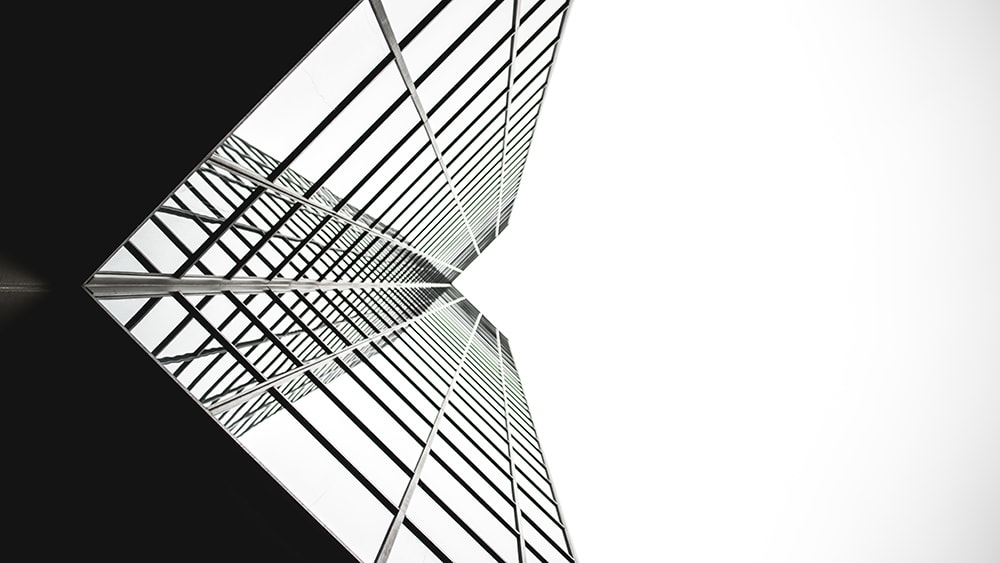
Lighting Tips
Unsurprisingly, the right lighting helps your architectural shots immensely. While you can’t light a building how you want, and you also have no control over its orientation and positioning, you can control everything else.
When lining up your shot, use side-front lighting. Traditionally, this form of lighting has produced the best results due to its generous illumination. As a bonus, it also usually casts longer shadows over the surface of buildings. This makes a building look better in a shot, as it appears more three-dimensional and allows any surface features to be more noticeable.
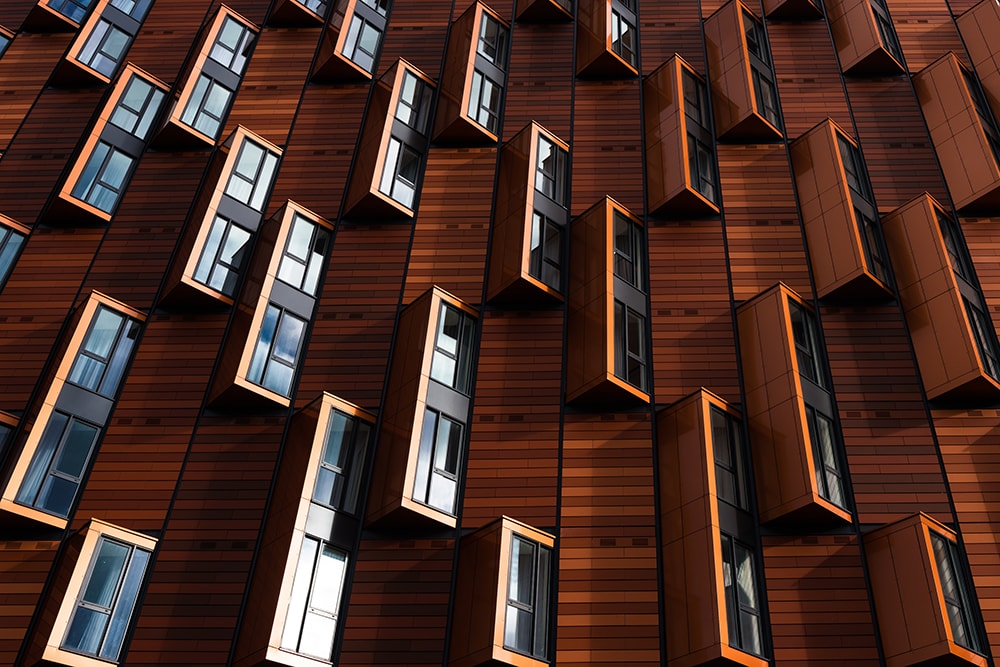
What to Know About the Weather
You’re lucky: When it comes to architectural photography, the weather isn’t something that’s going to ruin your shot, unlike with some other forms of photography. That’s because stellar architecture shots abound in all weather conditions.
Think of it: A gothic mansion on a bright, sunny day will probably seem full of character and somewhat historic to the viewer, yet the same mansion will look a lot more ominous and forbidding when weather conditions are stormy, cloudy and unpleasant. In both weather situations, you’ll get a very breathtaking shot.
Pro tip: You can build up an impressive assortment of images in your portfolio if you simply snap pictures of the same building in varying weather conditions. No two images will look the same, and you’ll demonstrate a knack for shooting in all sorts of conditions!
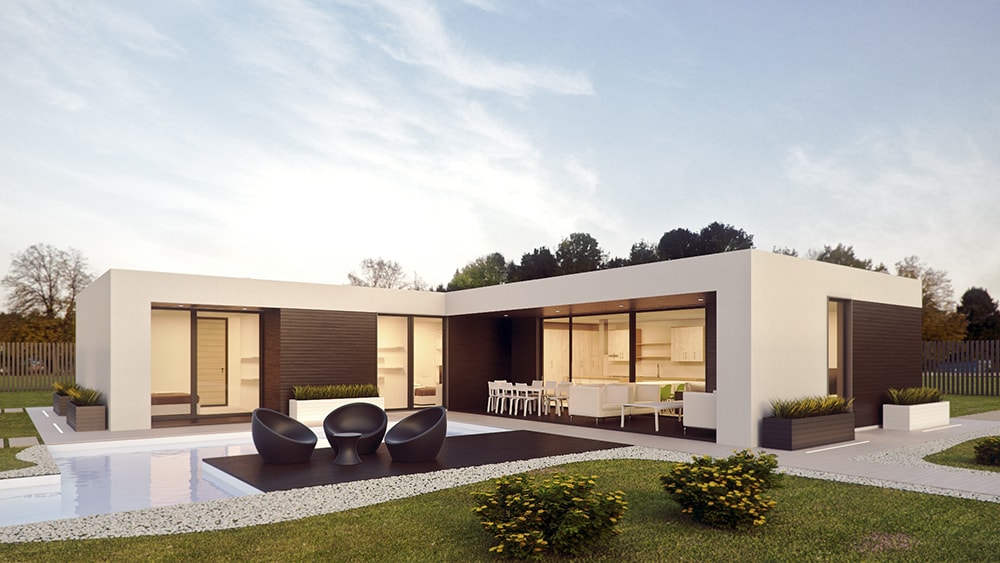
Night Shooting
To really make your pictures of buildings and structures pop, you have to shoot them at night. That’s when they tend to come alive in a frame. The thing is that a lot of modern architecture – in a city’s downtown, for example—has been designed with nighttime specifically in mind.
As soon as night falls, all of these modern buildings are hit with light from all directions; this blesses them with different colors and glow. Not to mention, the amount of shadows that dance across these buildings at night is another reason to shoot buildings after dusk.
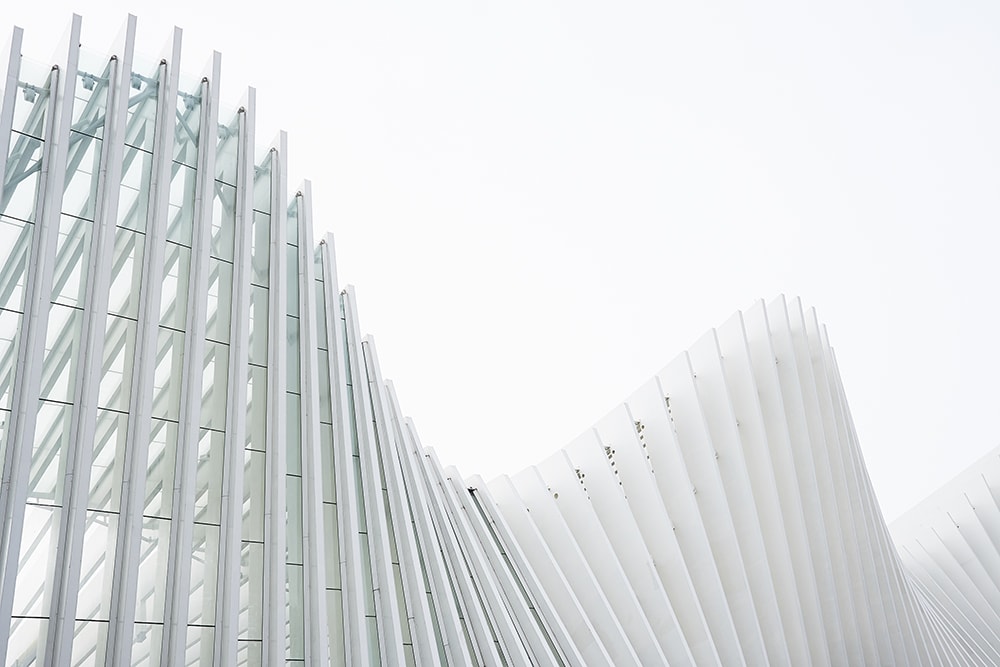
Lens Considerations
You’ll get very good results when you use specific lenses for architectural shots.
When you use a wide-angle lens, you’ll find it easier to frame the whole structure inside of its environs. This helps to give your images a fuller, more complete look.
On the other hand, a telephoto lens is another lens you can experiment with. Its longer lens will ensure that the building’s lines and walls come out very straight. If you use shorter lenses, you’ll generally get the effect of the building looking like it’s about to pop out sideways, with distorted lines and walls. Sometimes, this is an interesting effect, to be sure, but you’ll want to keep that effect to a minimum to avoid distracting from the actual subject of the building.
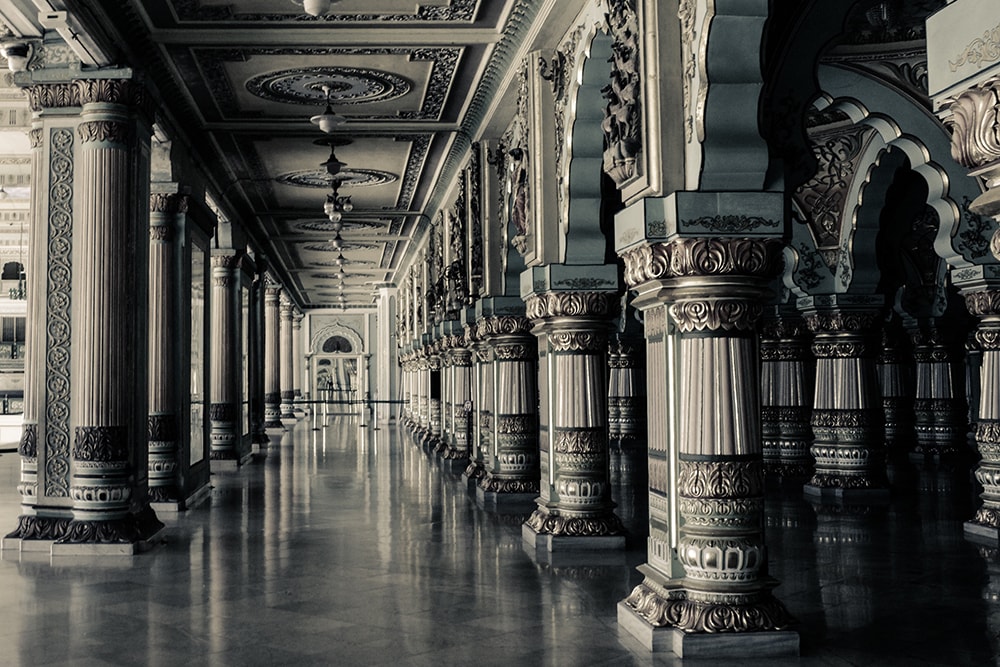
Showing More Than the Building?
A bone of contention among architectural photographers surrounds whether or not to show the structure’s environment. In other words, should we shoot more than just the actual building in the frame?
Context can be so important in photography, and architectural photography is not exception to the rule. Ask yourself this simple question when deciding: Will placing the structure in the context of its surroundings actually help the shot? Would it add or subtract from the overall effect?
If the environment does complement the building; then include it in the shot. If not, then feel free to exclude it.
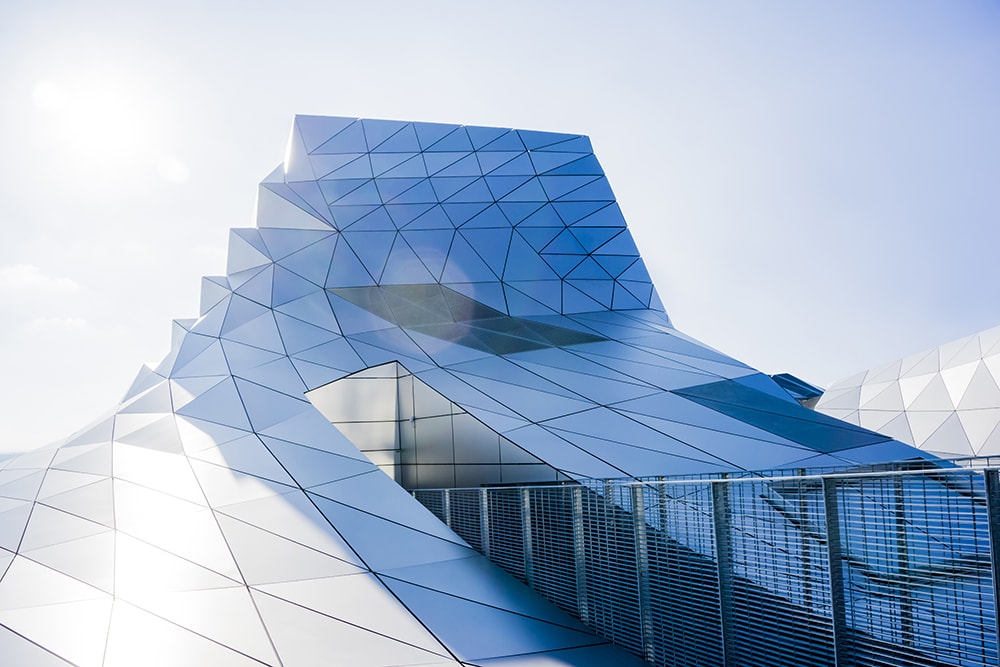
Adding Some Reflection
In any photograph, adding some reflection to the shot will incorporate an unexpected dimension into your shot. In essence, a reflection lets you put a canvas into the frame on which you can then mess with the proportions of the building somewhat.
In urban locations especially, many scenes are replete with reflective surfaces. As a result, you won’t have to search a lot to discover what works and what doesn’t.
In example, anything from puddles and wet streets to rivers and sunglasses are great candidates for reflective surfaces.
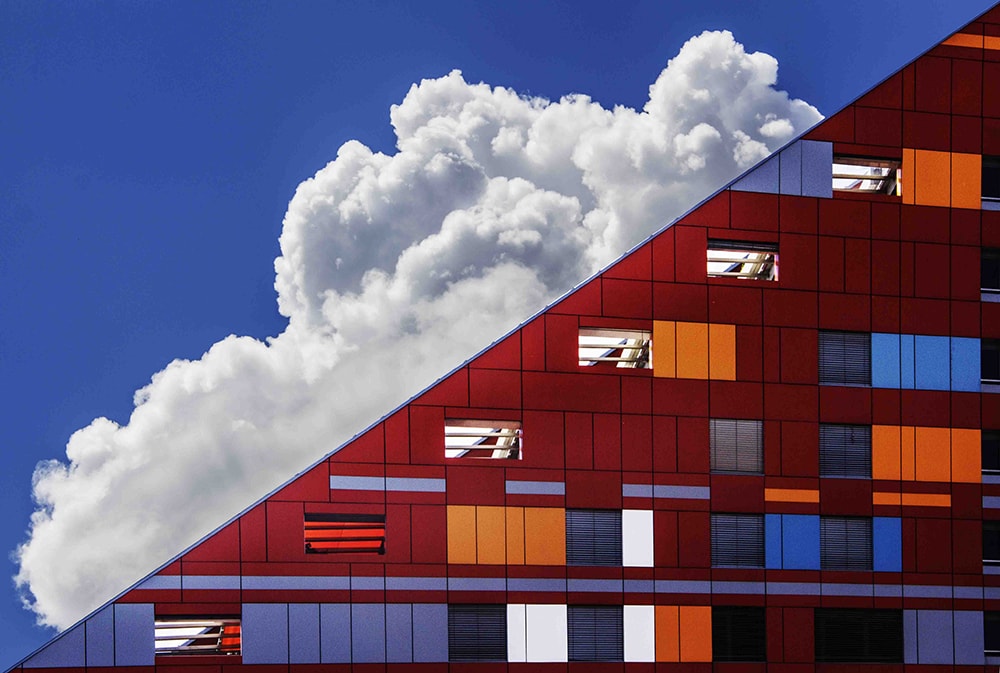
Don’t Forget About the Inside
If you think that architectural photography is only meant for the exteriors of buildings, you’re sadly mistaken. The interiors of structures sometimes provide an equally captivating scene! Of course, when you’re shooting inside, you have to take into consideration things like the white balance, which can be somewhat challenging to get just right.
In the white balance menu, learn how to compensate properly; alternately, get a reading off of a gray card.
You could also try a tripod and doing a long exposure. Remember you have the choice of an ND filter to prevent any highlights from getting blown out, if you’re shooting in the daytime.
Another option is to go with supplementary lighting like diffused flash.
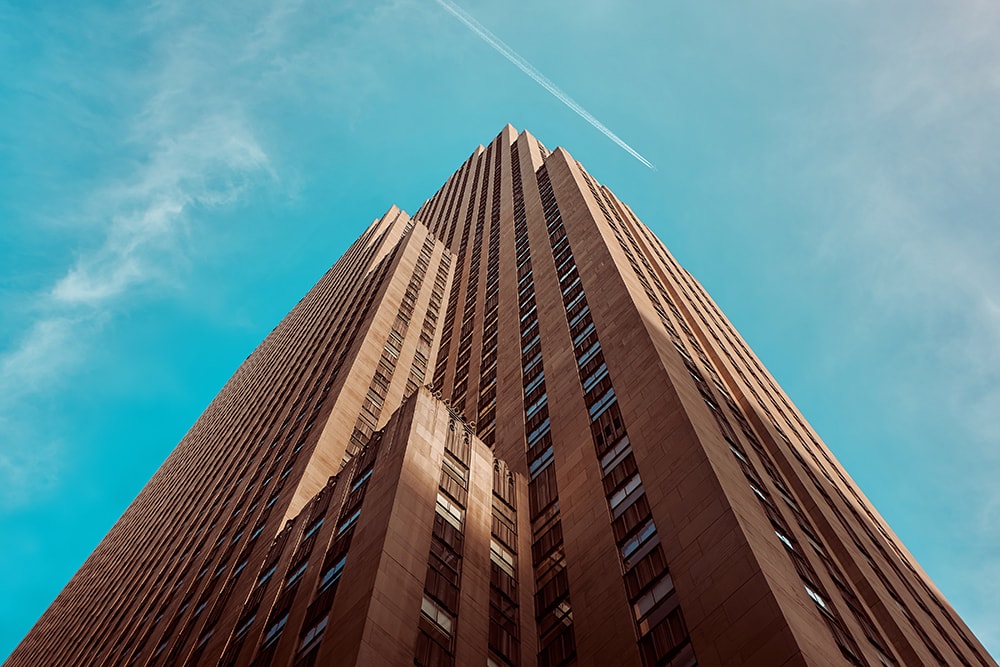
It’s All Around You
Architecture is all around you. Therefore, you literally have a limitless number of opportunities to perfect your hand at architectural photography. Whether it’s the old, character-heavy house down the street from you or the majestic church located in a major city, interesting buildings and structures abound all over the place.
The great thing about this genre of photography is that you can literally practice everywhere you go, including both outdoors and indoors.
The key to getting good at this, as usual, is practice. So grab your camera, take a stroll through an interesting, historic or modern part of your city or town, and start snapping away to see how good you can become at this form of photography.
By MARC SCHENKER | Source: LINK
More Photography Videos

